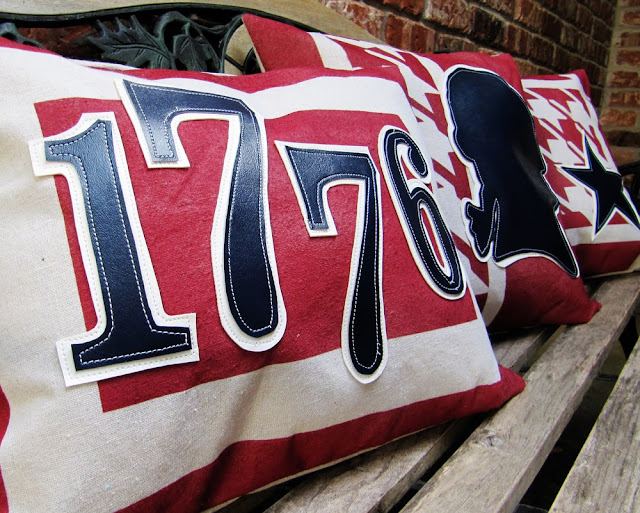Did y’all find my reader question and answer post from last week helpful? It seemed the feedback I received was very positive, so I am going to start responding regularly to some of the most frequently asked questions I receive both via email and through the comments left on my posts. I do, however, value your privacy, so if there is a particular question you would rather I not address in this format, please send me an email, and specify in your message your preference to keep that conversation just between us. I will be more than happy to honor your request to have just a one-on-one conversation! Sound good?
Our first questions today are some I received from a couple of people regarding the recipe for Blueberry Muffins with an Almond Kick I posted on Monday…
I would love to make these muffins, but can you tell me what exactly almond paste is and where I can find it?
Good question! Until I started making this particular recipe a few years ago, I had never worked with almond paste before, nor did I really have the slightest inkling what on earth it was. Essentially, almond paste is a paste made from ground up, sweetened almonds. For anyone who loves almond flavoring, it is a must-try ingredient. Unfortunately, it can be hard to find. For many moons, I was able to find it in my local Kroger store, but recently, I have had to start buying it at Whole Foods since Kroger has evidently stopped carrying it. In Whole Foods (and also in Kroger, when they were still stocking it), it is located in the baking aisle, right around the sugar and flour and other staples.
What is the difference between almond paste and marzipan? Can I use marzipan in these muffins?
The answer to this question comes straight from Joy of Cooking (which, by the way, is a book I would recommend to every cook, or anyone who aspires to be one!):
“Almond paste and marzipan are both made from a mixture of finely ground almonds and sugar. The distinction between the two is a fine one: Almond paste has a higher proportion of nuts to sugar and is uncooked; marzipan is made with a cooked sugar syrup. Almond paste tends to be slightly grainier and stickier than marzipan, which is very smooth and pliable.”
I have never used marzipan in this particular recipe, but if you decide to give it a try, I would recommend possibly reducing the amount of sugar you add to the batter to accommodate the added sweetness the marzipan lends.
After researching the above questions and discovering how few ingredients are required to make almond paste, I decided to look into the process of making my own. I was absolutely tickled to discover there is really nothing to it! Once again, this is a recipe that allows your to sit back and relax while your food processor does the lion’s share of the work.
Almond Paste
(adapted from Joy of Cooking)
3/4 cup blanched whole almonds
1/4 cup + 2 tablespoons confectioners’ sugar
1/4 cup granulated sugar
2 tablespoons light corn syrup
1/4 teaspoon almond extract
Extra confectioners’ sugar, for dusting
In the bowl of a food processor fitted with a metal blade, process the almonds and sugars until the nuts are very finely ground. Add the corn syrup and almond extract and process until the mixture is thoroughly blended and moist enough to hold together when pressed in your hand. If the mixture seems dry, add a teaspoon or so of water and process to combine. On a work surface dusted with additional confectioners’ sugar, dump out your paste and knead several times to bring it together.
This recipe yields approximately 1/2 pound of paste, or just the right amount for one batch of muffins. Wrapped in plastic wrap, it can be stored at room temperature for a week, refrigerated for up to 4 weeks, or frozen for up to 3 months. Bring it to room temperature before using.
The next questions pertain to last week’s Patriotic Outdoor Pillows. The first is from a comment left by Positively Splendid reader Mama Peck regarding applying spray paint directly to the fabric:
These are awesome. I love them! I do have a question though about using regular spray paint on fabric. That’s just kind of out there for me. Does it go into the fabric or stay on the surface? (I’m thinking cracking here) Are they just for ‘pretty’ or could you actually use them?
When I first encountered the marvelous tutorial for this process at V and Co., I, too, found it a bit difficult to wrap my mind around. In execution, though, the results are impeccable! The paint truly seeps into the fabric instead of remaining on the surface, so you are, in essence, “dying” the fabric instead of just applying a superficial layer of color. The way the paint penetrates the fabric makes cracking a non-issue. I love this technique, and I applaud Vanessa for dreaming it up! Regarding the use of these pillows, I would not recommend this process for any pillow you intend to use for sleeping. But for throw pillows like the ones I shared, I would feel absolutely comfortable using them both outdoors as I did the patriotic set or indoors on a bed or sofa, without worrying about the paint flaking off and making a mess.
I would love to have some pillows like these, but I can’t sew to save my life. Do you sell your creations anywhere online?
I am currently in the process of getting my act together in regard to setting up an online store, so please stay tuned!







Having grown up in a home brimming with sewing notions and paintbrushes, Amy has a deep love for all things creative. On any given day, you’ll find her knee-deep in her latest creative endeavor, with projects ranging from sewing and crafts to home decor and kid-friendly ideas. Amy believes that everyone, regardless of skill level or experience, possesses the ability to create something beautiful, and Positively Splendid was born of her passion for helping others harness their innate creative potential.



mmm, i should try those!
I just gave you an award. Check it out here:
http://kristensjunkdrawer.blogspot.com/2010/07/i-received-award.html
Those muffins look and sound so good! And I love love those pillows. Darling project!
XOXO
Jen